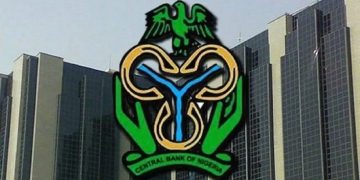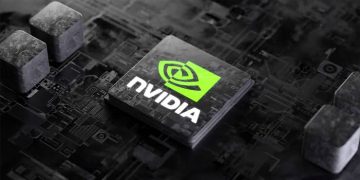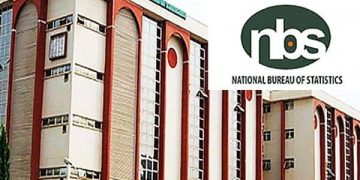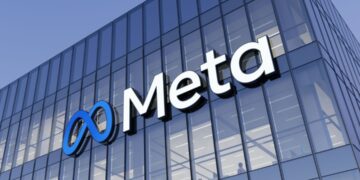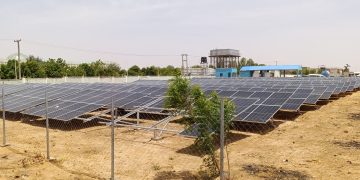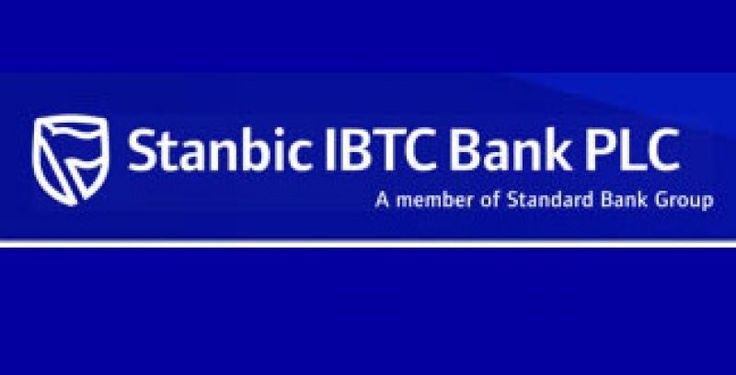Stanbic IBTC Holdings Plc has released its half year financial statements for the period ended June 30, 2025, reporting one of its strongest results in recent years. The group, which operates as a leading Nigerian financial services provider with businesses in banking, pensions, asset management, and brokerage, posted profit after tax of ₦173.43 billion. This represents a 49 percent increase compared to the ₦116.4 billion achieved in the same period of 2024.
The impressive performance was driven by several key factors. A closer look at the financial statements shows how interest income, non-interest revenue, asset quality, cost management, and capital strengthening each played a role in boosting the bottom line.
Strong Growth in Interest Income
The first and most significant driver of Stanbic IBTC’s performance was interest income. Net interest income rose by about 81 percent to ₦316 billion compared to ₦174.3 billion in the first half of 2024. The increase was supported by higher yields on loans, advances, and investments. Nigeria’s elevated interest rate environment meant that the bank was able to earn more on its lending and treasury activities. At the same time, interest expenses were kept under control, which widened net interest margins. This strong interest performance gave the bank a firm earnings foundation.
Non-Interest Revenue from Fees and Commissions
The second major driver was fee and commission income. Stanbic IBTC’s diversified structure, especially through its pension fund administration and asset management arms, continued to generate reliable revenue. Income from asset management, pensions, and brokerage activities rose significantly, providing a strong non-interest revenue base. This helped balance the group’s performance, especially since trading income recorded a loss of ₦856 million during the half year compared to a profit in 2024. Without this contribution from fees and commissions, the group’s earnings growth would have been less impressive.
Better Asset Quality and Lower Loan Losses
Another important factor behind the improved results was asset quality. The group reduced its impairment charges to ₦11.1 billion from ₦26.5 billion in the prior year. This decline in provisions indicates that fewer loans went bad, or that recoveries from previously impaired loans improved. For a bank, lower impairment charges directly enhance profitability because more of the interest earned on loans is retained as profit. This trend also shows that Stanbic IBTC has strengthened its credit risk management practices in a tough operating environment.
Effective Cost Management Despite Inflation
Operating costs grew by 38 percent to ₦179.1 billion, driven by high inflation and increased staff expenses. However, revenue growth outpaced cost growth, which led to an improvement in the cost-to-income ratio. In simpler terms, for every naira spent on operating expenses, the bank generated more revenue than it did in the previous year. This efficiency gain shows that Stanbic IBTC is managing its cost base effectively even as Nigeria faces persistent inflationary pressure.
Stronger Capital Base Through Rights Issue
A fifth driver of performance was the strengthening of the group’s capital base. Stanbic IBTC successfully conducted a rights issue during the period, raising additional equity from shareholders. As a result, share capital increased from ₦6.48 billion to ₦7.95 billion, while total equity rose to ₦941.73 billion. This larger capital base enhances the bank’s financial stability and gives it more capacity to expand lending and investments in the coming quarters. A stronger capital position also reassures regulators, shareholders, and customers about the group’s long-term strength.
Interim Dividend Rewards Shareholders
In addition to these growth drivers, the board declared an interim dividend of ₦2.50 per share. This payout demonstrates management’s confidence in sustaining profitability and provides direct value to shareholders. Dividend declarations are also important for investor confidence, particularly in Nigeria’s competitive financial services sector where shareholders expect both capital appreciation and regular income.
Outlook for the Rest of 2025
Looking ahead, Stanbic IBTC’s management expects the momentum from the first half of the year to continue. The group’s diversified business model means it can balance revenue from banking activities with earnings from pensions, asset management, and brokerage services. However, challenges remain. Interest rate movements could affect margins, regulatory policies may impact capital requirements, and volatility in non-interest revenue lines such as trading income could weigh on results.
Despite these risks, the half year 2025 performance shows that Stanbic IBTC is consolidating its leadership in the Nigerian financial services industry. With a 49 percent rise in net profit, improved asset quality, stronger capital, and a growing contribution from non-banking businesses, the group has positioned itself as one of the most resilient and profitable institutions in Nigeria.





